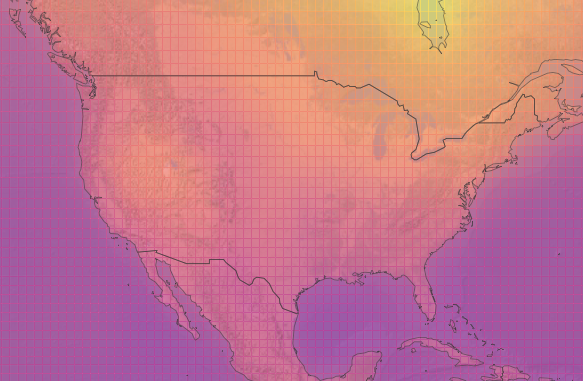Title Page
See How Hot Your City Could Be in 2100 (Spoiler: Really damn hot). Fast Company.
Introduction
Thousands of Texas Voter Registration Applications Filed Using Online Tool Could Be Invalid. Dallas Morning News.
Jackel said her group has used the tool in Alaska, Colorado, Kansas, South Carolina and Washington, D.C., without any problems. The group did not consult with Secretary of State Rolando Pablos before launching in Texas, which does not have online voter registration and has some of the strictest voter identification laws in the nation.
Thirty-eight other states offer online voter registration or will soon, according to the Brennan Center for Justice at NYU School of Law.
Executive Summary
Major hurricanes have brought unprecedented flooding in recent years but in-land areas have also experienced damaging floods. "If it wasn’t already clear," write Forbes Tompkins and Matthew Fuchs, officers with The Pew Charitable Trusts' Flood-Prepared Communities project, "the past two years have emphasized that Americans need better mechanisms for dealing with extreme flooding."
A new piece of legislation seeks to provide just that. The Disaster Recovery Reform Act of 2018 would help prioritize spending on mitigation projects before a disaster. The change would help address concerns that the current disaster recovery funding system actually encourages localities to underprepare. A recent Kinder Institute report analyzing state and federal disaster recovery processes found, for example, that because "most major disasters are financed at a higher federal share," local governments may hesitate to fund and build long-term mitigation projects. "For example, pre-disaster there is often little momentum for large-scale projects such as raising roads, requiring stricter building codes, constructing reservoirs where needed for flood control, or otherwise upgrading drainage and stormwater control systems at city and town scales," the report explained. That report proposed, among other reforms, a sliding-scale cost sharing to help encourage localities to better prepare for disasters.
Experts also argue that this new piece of legislation could help do the same.
"If this policy had been in place before the major disasters of 2017, at least $650 million could have been made available to support pre-disaster mitigation projects," write Tompkins and Fuchs. "Such investments pay off: The National Institute of Building Sciences has determined that, on average, every $1 spent on disaster mitigation saves society $6 in future disaster costs."
Conclusion
Sun Belt cities looking for a model of "prosperity, sustainability and affordability," should look to Chicago, argues Pete Saunders in Governing magazine. Though Chicago's history of corruption and segregation have both been well documented and studied, Saunders insists that the city has gotten many things right: "It’s walkable, has strong public transit, and offers a wealth of commercial, elite educational and cultural opportunities." Many of those things were thanks to significant public investment and while many Sun Belt cities have enjoyed industry-driven growth—cough, cough, Houston—that has to be coupled with a vision and strategy for long-term investment in the things that will help the city enjoyable for all.
"Like Chicago, they need to utilize their periods of impressive growth to invest in themselves as livable regions," he writes. "Many have largely been reliant on the white-hot nature of economic sectors like tech and finance over the last 40 years, or on fueling the development of inexpensive single-family homes. But as these metros become larger and their regional economies diversify and mature, they’ll need to address challenges typically associated with our nation’s older metros. How will they combat road congestion and move people and goods efficiently through their region? How will they develop a housing stock at the regional and local scale that meets the needs of today’s renters, first-time buyers, upsizers and downsizers?"
Endnotes
The real estate industry is racist, largely unaccountable, and no small player in the enduring housing segregation of America. @KeeangaYamahtta on an irredeemably rigged game. https://t.co/EPYCaU2ayr pic.twitter.com/mANoWWLwvw
— Joel D. Anderson (@byjoelanderson) October 4, 2018

